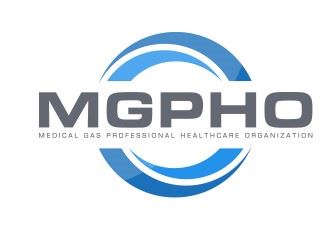Anything "Controversial", as Mark puts it, should be discussed. There does seem to be a debate on this.
As I have repeatedly been chastised (i.e. dropped by clients) for strict interpretations of NFPA standards (codes) I found myself tonight simplifying the reasons the code exists. I believe it exists to maintain the integrity of (in this case) the medical vacuum system.
Am I out of line to suggest we look at this from a risk perspective? As we know NFPA has changed over the last couple of editions to decide certain aspects (Categories, maintenance) based on risk...
Based on Al's yes or no format, during the course of the cleaning.....
1. Is it likely that anything detrimental will be introduced into the vacuum system (fluids including cleaning solvents)?
2. If the answer to #1 is yes, with that introduction could the overall system fail (or be damaged) ?
3. If the overall system (#2 above doesn't fail), will the inlet used for cleaning fail?
4. If the single inlet (only used for cleaning) fails (#3 above) will it somehow contribute to a system failure?
As I know nothing about the cleaning of scopes (other than the fact that if you are going to undergo a procedure you hope they are REALLY clean..) I will not try to offer an opinion, or even answer my own questions.
Regardless of my admittedly limited knowledge of scope cleaning, I believe that having a suction inlet where scope cleaning takes place is common, and that the failure rate of the same vacuum may be higher than normal, but the extent of the failure has been limited to the same inlet.
Others may have other experiences. I would like to hear differing views..
Bob W

